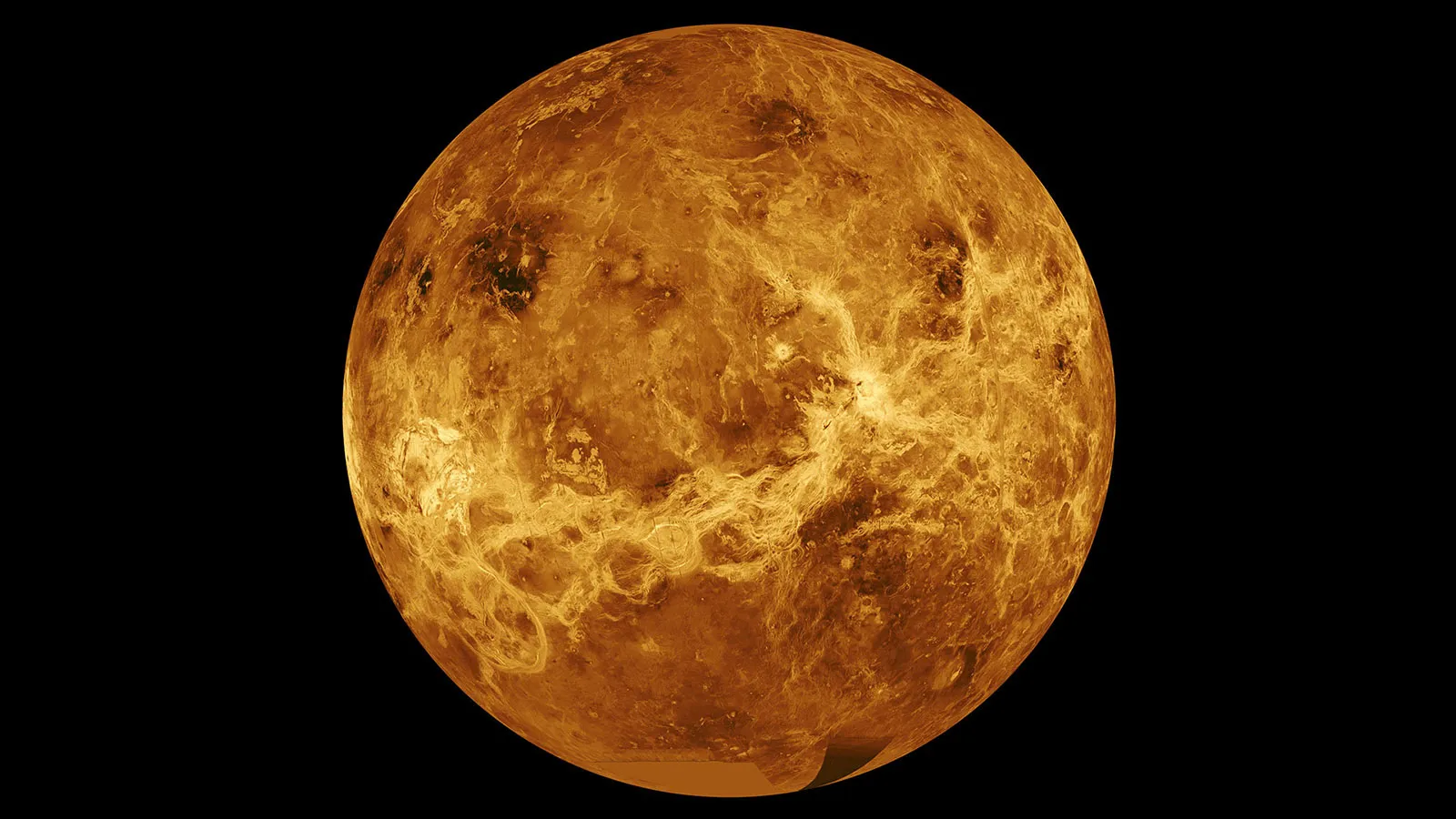For decades, Venus was dismissed as a geologically dead world — a scorched planet wrapped in thick clouds of carbon dioxide and sulfuric acid, still and silent under a crushing atmosphere.
But new findings from NASA suggest something entirely different: Venus may still be alive beneath its surface.
Using satellite imagery and advanced surface mapping, scientists have identified strange circular formations known as “coronae” — giant rings on the planet’s crust believed to form when hot magma from deep within pushes upward, distorting the surface above. These structures look eerily similar to regions on Earth shaped by upwelling mantle plumes — essentially, volcanic hot zones.
If confirmed, this would mean that Venus still has active geological processes, driven by internal heat and pressure — not the motionless rock slab we once imagined.
And it’s not just a footnote in planetary science.
Venus is often called Earth’s twin due to its size and proximity, but their paths diverged dramatically. Understanding how Venus operates geologically could unlock answers about Earth’s own future — and what happens when a planet’s climate, pressure, and interior energy collide in extreme ways.
The discovery reframes Venus from a dead world to one undergoing constant transformation. A planet with a dynamic inner engine, waiting to be better understood.
NASA’s upcoming VERITAS and EnVision missions aim to explore this further — and they might just find a planet that’s far more Earth-like than we ever dared to imagine.


